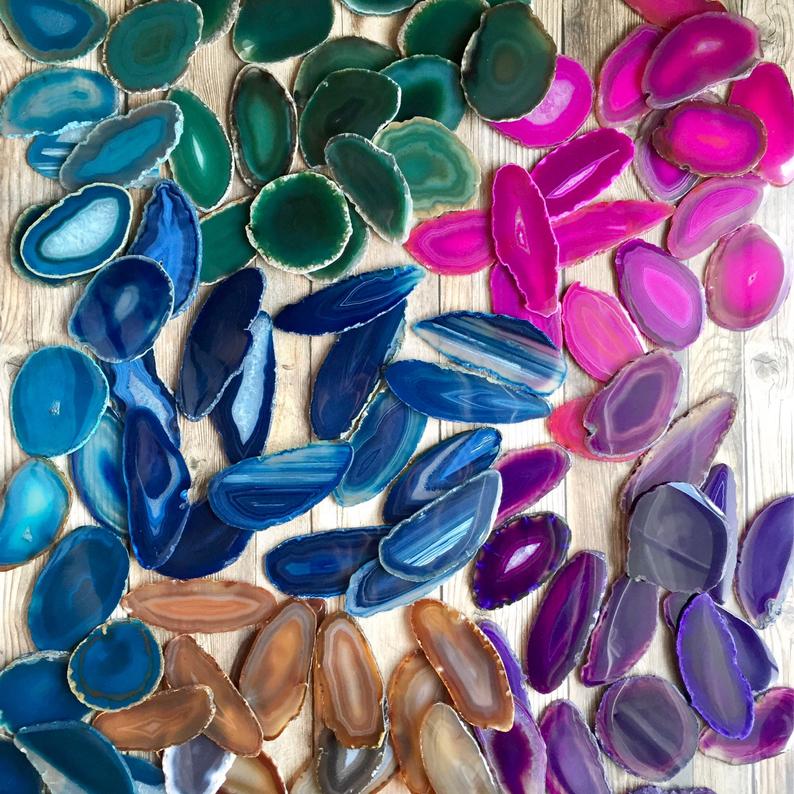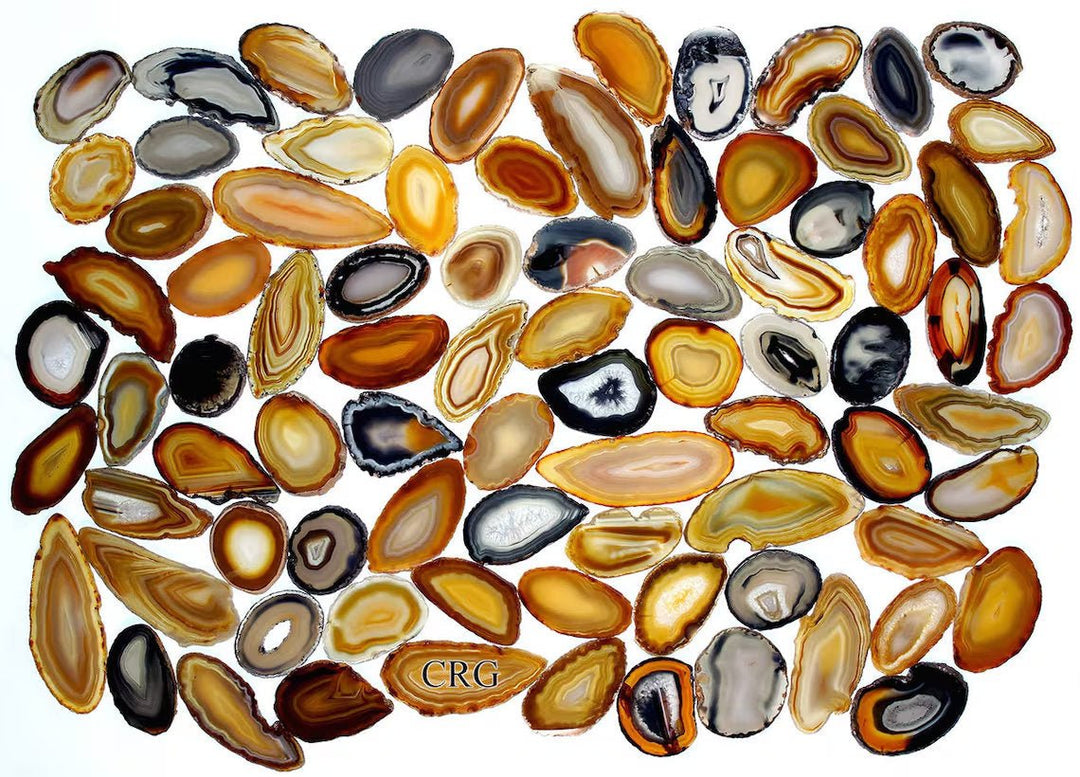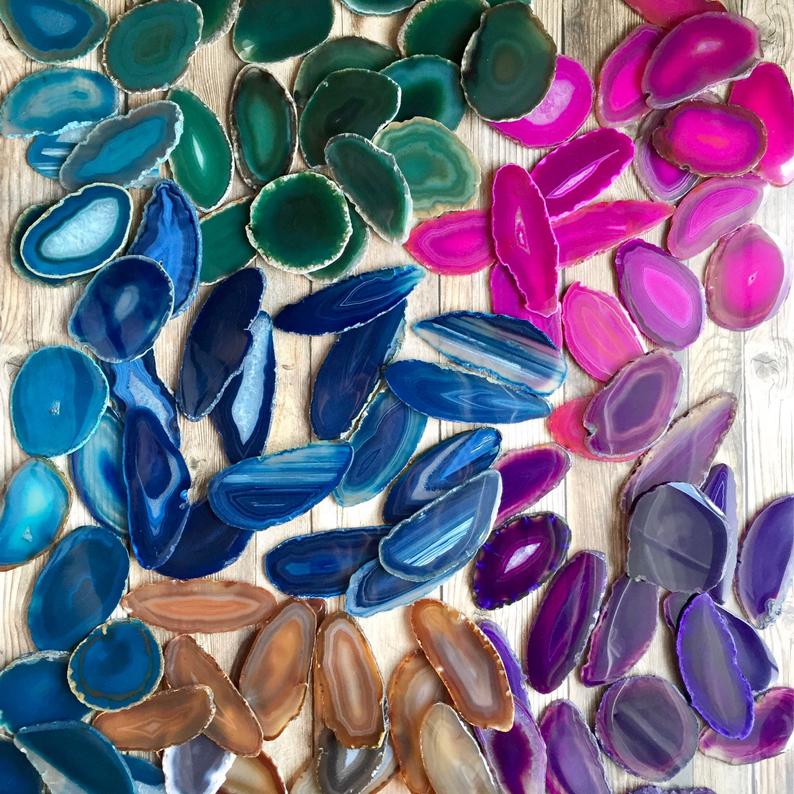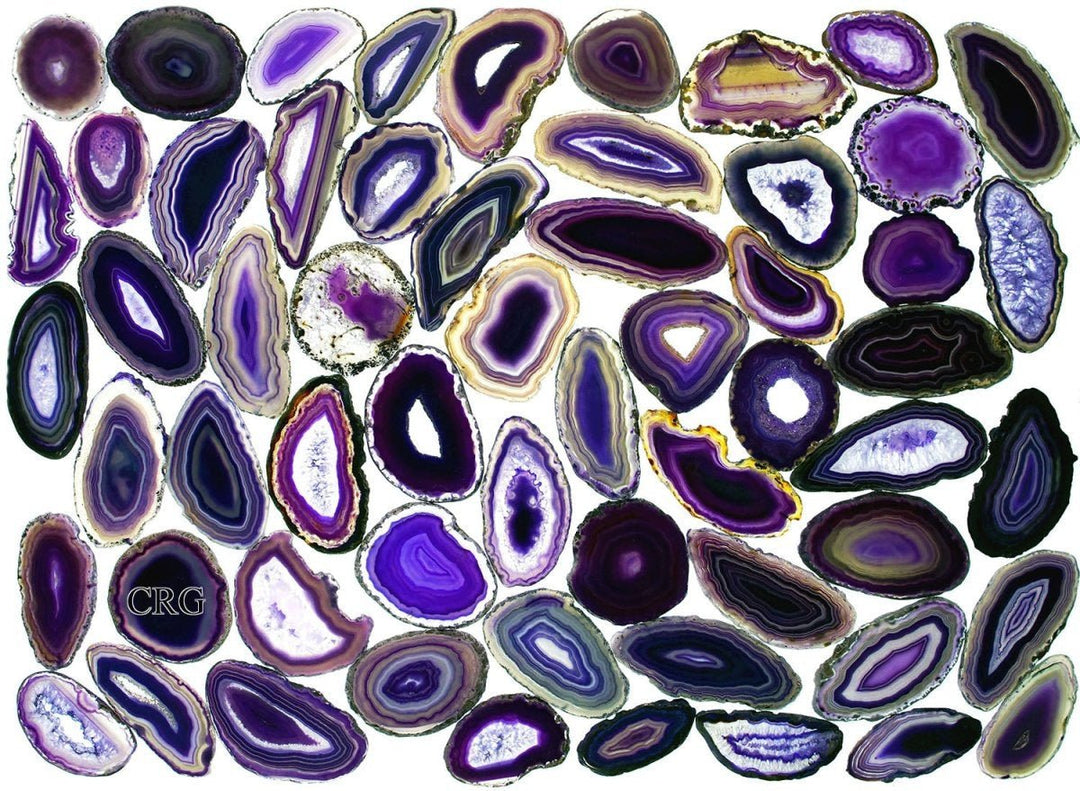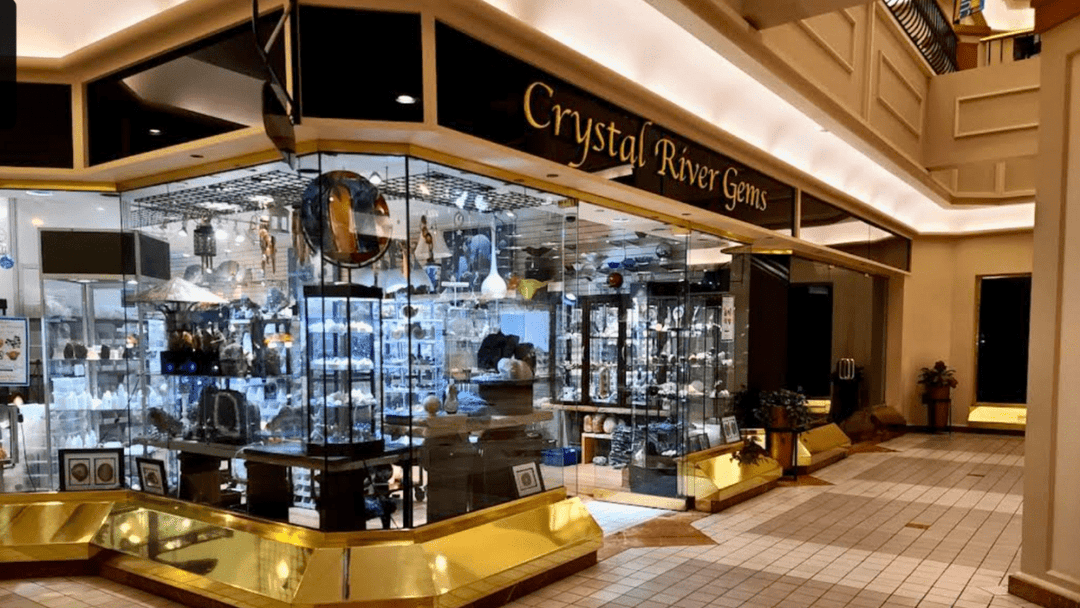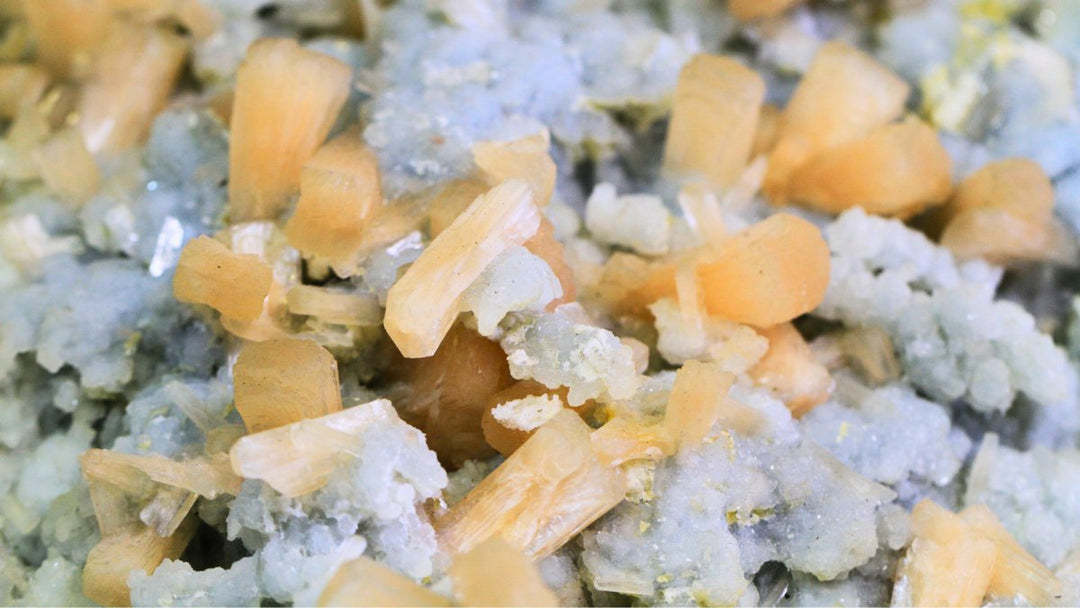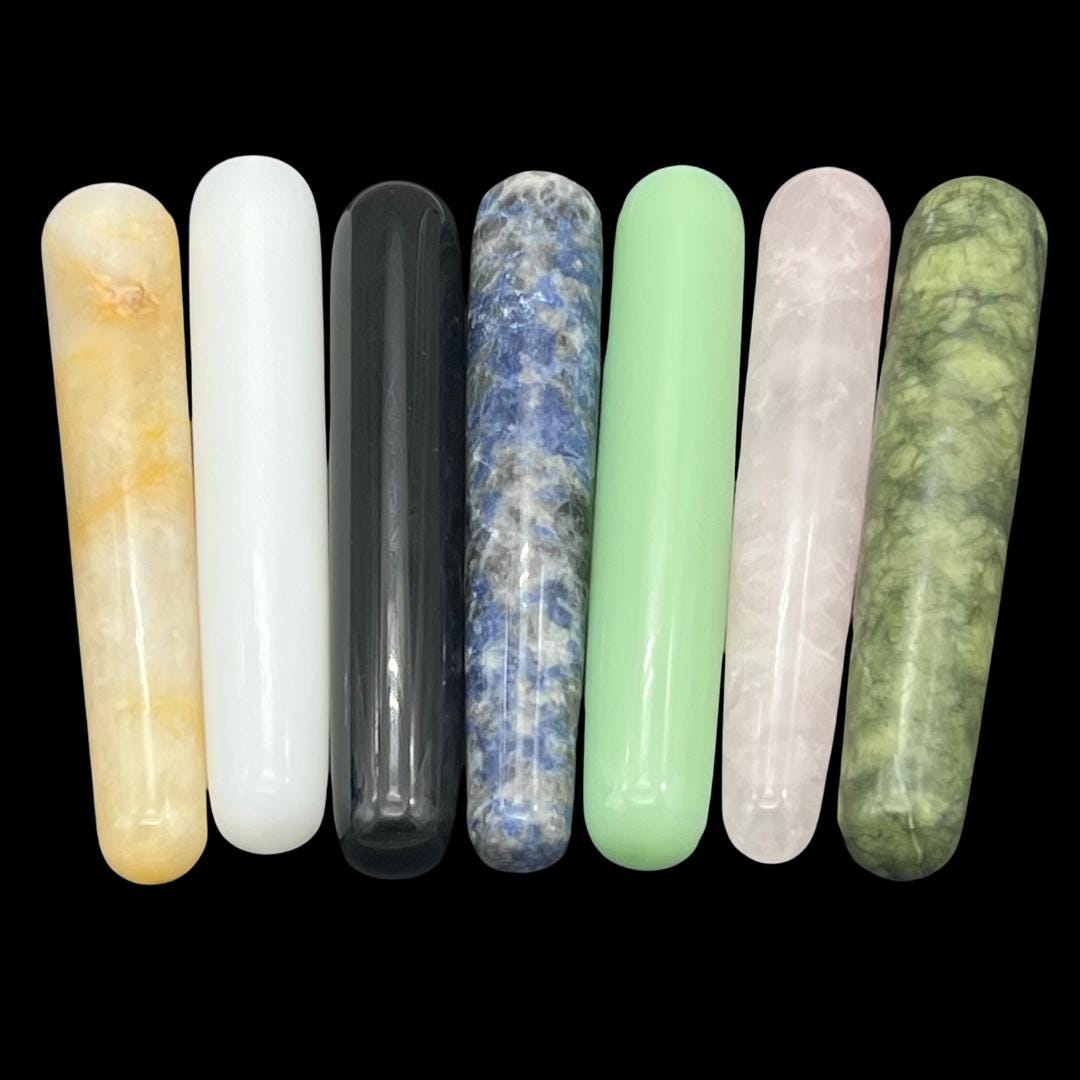It’s no wonder that fluorite was long ago considered to be crystallized light. When one holds it in front of a light source, the whole crystal glows and comes alive. As the warm season blooms in the northern hemisphere and each day sees more and more sunlight, we find ourselves thinking about that “crystallized light” called fluorite.
One can hardly mention fluorite without discussing its fluorescence. It is a little known fact that the word “fluorescent” comes from the word “fluorite,” rather than the other way around. In 1842, physicist and mathematician Sir George Gabriel Stokes discovered that many specimens of fluorite produced a blue glow when illuminated with light “beyond the violet end of the spectrum.” He coined this phenomenon “fluorescence,” a name that became widely accepted in many fields of science. The fluorescent color of the crystal is not limited to blue – specimens have also been known to emit violet, cream-colored, and white light. We’d like to note that fluorescence is a slightly different phenomenon from phosphorescence. While fluorescent objects glow only while exposed to UV light, phosphorescent materials continue to glow after the UV light has been removed. Rare specimens of fluorite may exhibit phosphorescence, but it is much more common for the crystal to fluoresce.

So what does fluorite look like in natural lighting? Fluorite is often expressed as coarse cleavable masses or cubic crystals and can take on a range of beautiful colors. Purple is the most abundant color of fluorite, while the rarest colors are pink, black, and colorless. Fluorite is the only common mineral with four directions of perfect cleavage, which means it often breaks into pieces with an octahedral shape. It is the mineral that defines the hardness of 4 on the Mohs Hardness Scale, making it a relatively soft stone compared to others like quartz or corundum. It occurs in hydrothermal deposits or in the fractures and cavities of limestones and dolomites. The mining industry often refers to it as “fluorspar.”
One of our favorite facts about fluorite is that specimens with remarkable optical clarity can actually be used as lenses. This is because the crystal has a very low refractive index and dispersion, two characteristics that enable lenses to create extremely sharp images. It is possible to use natural fluorite crystals to manufacture such lenses, which is what multiple industries used to do. Today, high-purity fluorite is melted and mixed with other materials to produce synthetic “fluorite” lenses of superior quality. These lenses are put into many types of equipment, including microscopes, telescopes, and cameras.

But human beings’ use of fluorite vastly predates the lenses. For example, ancient Egyptians created beads, scarabs, and statues of gods and goddesses from the crystal. Arguably an even more salient example lies with the Romans, who had a special “obsession” with fluorite (as recorded by Pliny the Elder). Roman emperors were said to spend the modern equivalent of hundreds of thousands of dollars for a single specimen. Legend has it that Gaius Petronius, author and courtier during Nero’s reign, destroyed his prized fluorite piece upon being denounced to the emperor. He preferred to see it ruined than in the hands of Nero. Obsession, indeed!
We prefer to think of ourselves as enamored with fluorite. We hold banded specimens of “crystallized light” up to the sky and observe the sun’s rays blazing through them. We take octahedrons in our hands and move our fingerprints over the soft striations. We marvel at three-dimensional cubes, so unlikely to be natural yet undeniably so. We’re not like Gaius Petronius: we would keep our fluorite intact to fluoresce in the darkness, to light up others’ eyes with its glow.



